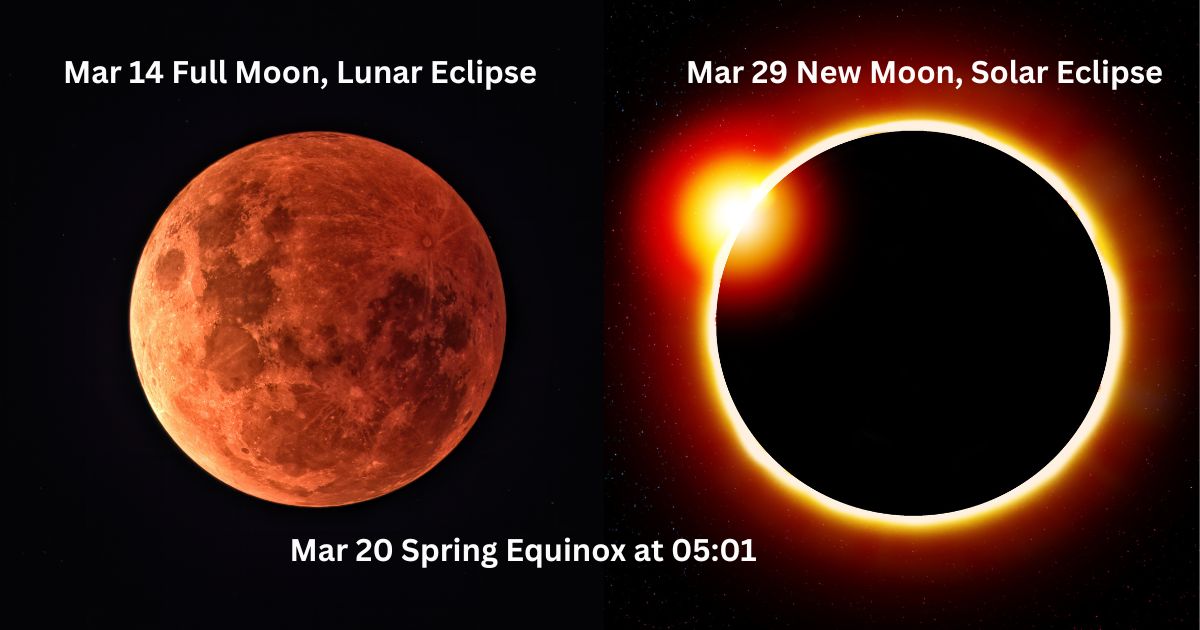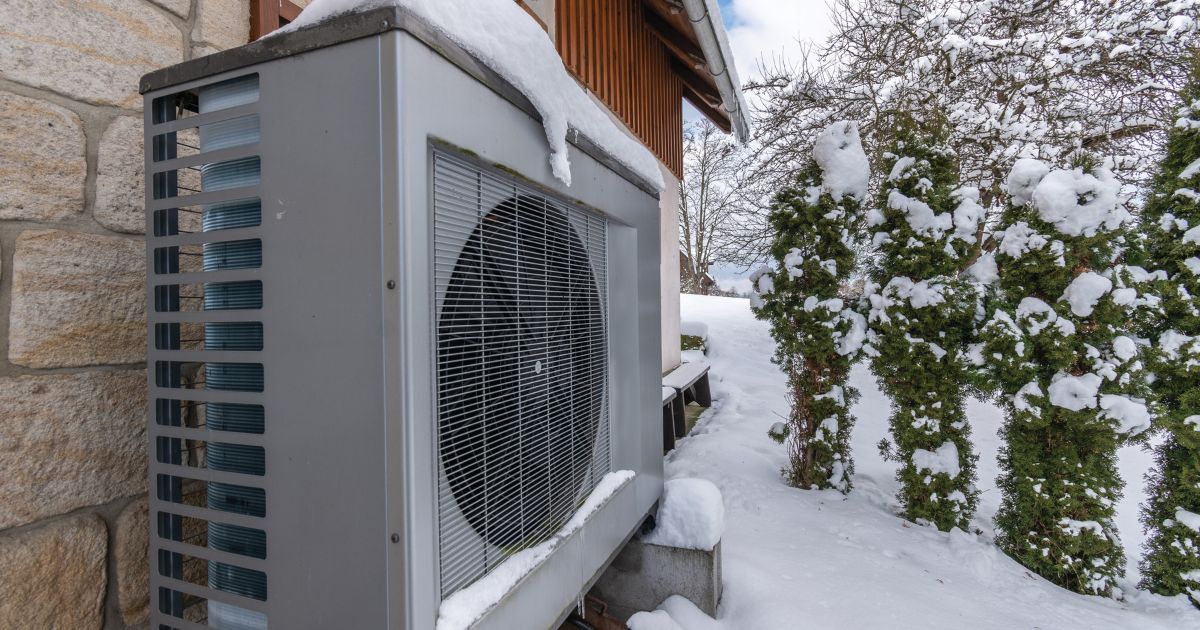The spring equinox, also known as the vernal equinox, is the moment when the sun is directly
above the Earth’s equator, resulting in roughly equal amounts of daylight and darkness for most parts of
the Earth.
During the spring equinox, the tilt of the Earth’s axis is not inclined towards or away from the sun,
so the length of day and night is nearly equal everywhere on the Earth. This is why it’s also called
the “equal night” or “equal day” event.
The spring equinox marks the beginning of astronomical spring in the Northern Hemisphere
and the beginning of astronomical fall in the Southern Hemisphere. It also marks the time when
the sun is rising and setting due east and west respectively, a phenomenon that occurs twice a year
on equinoxes (spring and autumn).
In many cultures, the spring equinox is a time of renewal and new beginnings and is often associated
with various festivals and celebrations. The spring equinox is also important for agriculture, as it marks
the start of the growing season.
Welcome Spring!
This year, the official Spring Equinox (first day of spring) will occur on March 19th

Celebrate this day when the sun crosses the equator line and heads north bringing with it these signs of spring:
- Increasing birdsong.
- Buds getting bigger on trees and shrubs.
- Earthworms popping their heads out of the ground.













